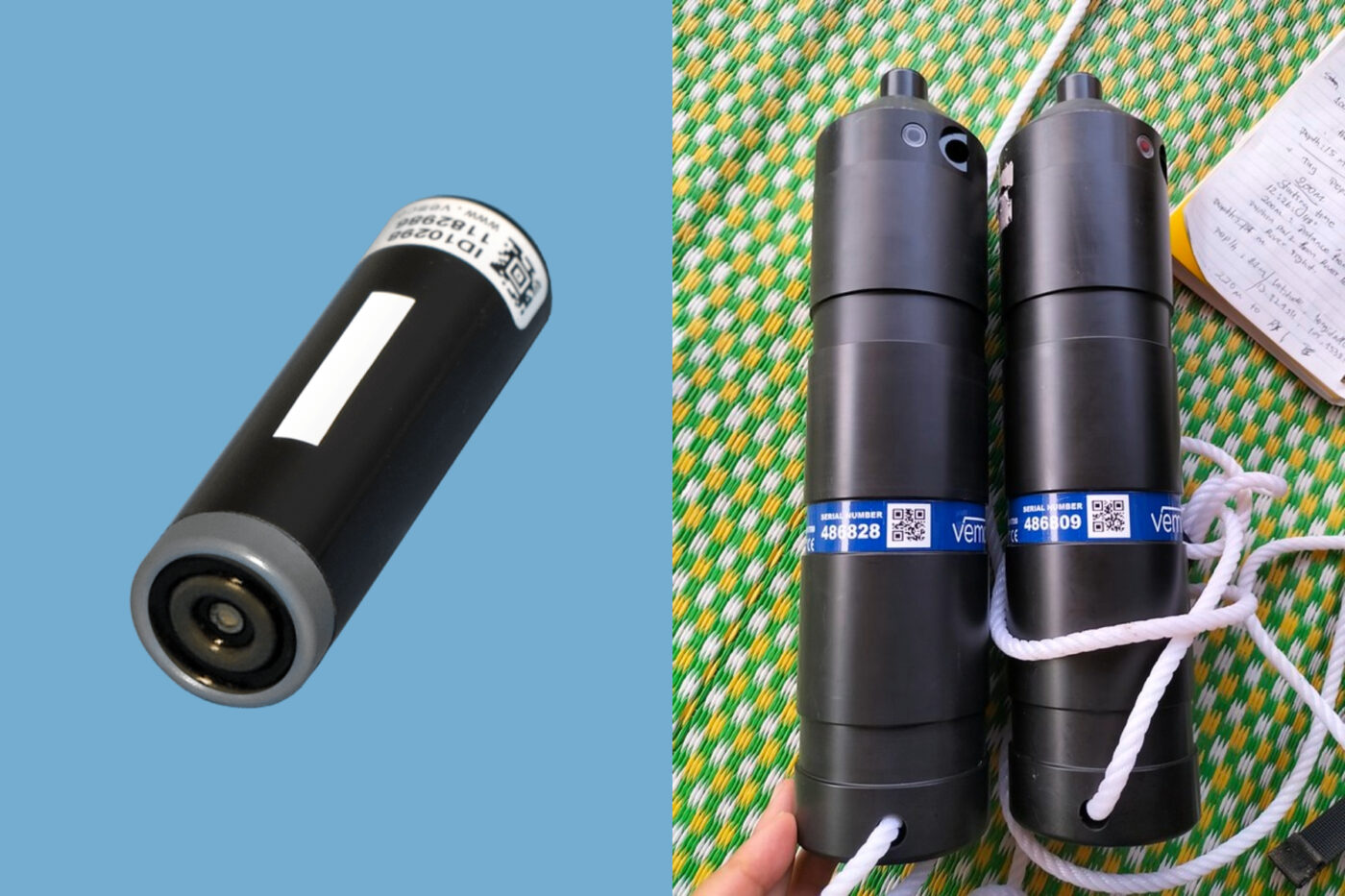Monday February 10, 2025

The oceans are home to some of the most awe-inspiring creatures on the planet, and among them, the speedsters of the sea hold a special place. From darting predators to migratory species designed for distance, these fish have evolved to slice through the water with incredible efficiency. Just how fast can these fish swim, and how exactly are these speeds measured?
A quick search online for the “fastest fish” reveals that the sailfish (Istiophorus platypterus) reigns supreme. Known for their striking sail-like dorsal fin, these fish are built for bursts of velocity. Clocking in at speeds of up to 68 miles per hour (mph), or 110 km/h, the sailfish is often regarded as the fastest fish in the ocean. But where does this number come from, and can it be trusted? This reported speed was one measurement taken from an individual sailfish when it took out 100 yards of line in 3 seconds – equivalent to a speed of 68 mph. It is important to bear in mind, however, that the fish was leaping out of the water while its speed was timed, and this was not measured under “controlled” conditions.

The reported swim and burst speeds of fish vary depending on the methods and circumstances under which they are measured, rightfully raising questions about their accuracy. Many speed estimates originate from indirect observations, such as sport fishing or anecdotal accounts, where conditions are far from controlled. For instance, one report of a black marlin reaching speeds of 82 mph is based on visual estimates, comparisons to a boat’s speed, and the speed that line fed out from a reel, which can all be unreliable.
In scientific studies, researchers use tools like high-speed cameras and tracking devices to analyze fish movements, but even these approaches have limitations. Fish behavior in captivity, where much of these data are collected, may not reflect their natural tendencies or peak performance. Additionally, factors like flow, stress level, and experimental design can influence results, making it difficult to pinpoint a definitive top speed. While modern technology, such as accelerometers and robotic models, improves our understanding of fish biomechanics, many historical speed claims remain unverified or exaggerated. As a result, we can admire the agility and adaptations of these marine athletes, but it is important to treat informal speed records with a healthy dose of skepticism.

Determining how fast a fish can swim is not as straightforward as clocking a land animal. Researchers use a variety of methods to measure fish swimming speeds, including: bio-logging devices, observations in controlled environments, and estimates from anglers. GPS and accelerometer tags are examples of bio-logging devices that can be attached to fish to record their speed and movement patterns. This method provides insights into their behavior in natural habitats. Researchers have found that fish often travel relatively slowly in the wild compared to their top speeds recorded anecdotally or in controlled environments. In large aquariums or research facilities, researchers can use high-speed cameras to record and analyze fish movements frame-by-frame. Scientists can use this imaging and statistical models to predict the highest possible speed of many different fish. Aside from bio-logging data and controlled experiments, some speed estimates come from observations during sport fishing, where fish are seen chasing bait or lures at high speeds. While these figures can be less precise, they often align with scientifically measured speeds.

Speed is more than something to brag about – it’s a crucial survival tool. For predators like sailfish and marlins, speed ensures they can catch prey and outmaneuver their competitors. For prey species, agility and bursts of speed are often their best defense against becoming lunch. For fisheries researchers, advancements in technology are shedding new light on the secrets of underwater speed. From robotic fish models that mimic natural biomechanics to improved tagging devices, researchers are continually uncovering new insights. Next time you marvel at a nature documentary or spot a darting shadow beneath the waves, remember: the speed of these fish is not just a number – it is a testament to their survival, adaptation, and mastery of the currents of the deep blue.
Header Image: A sailfish (Istiophorus platypterus), known as the “fastest fish,” leaps out of the ocean.
This post was featured in our weekly e-newsletter, the Fish Report. You can subscribe to the Fish Report here.
